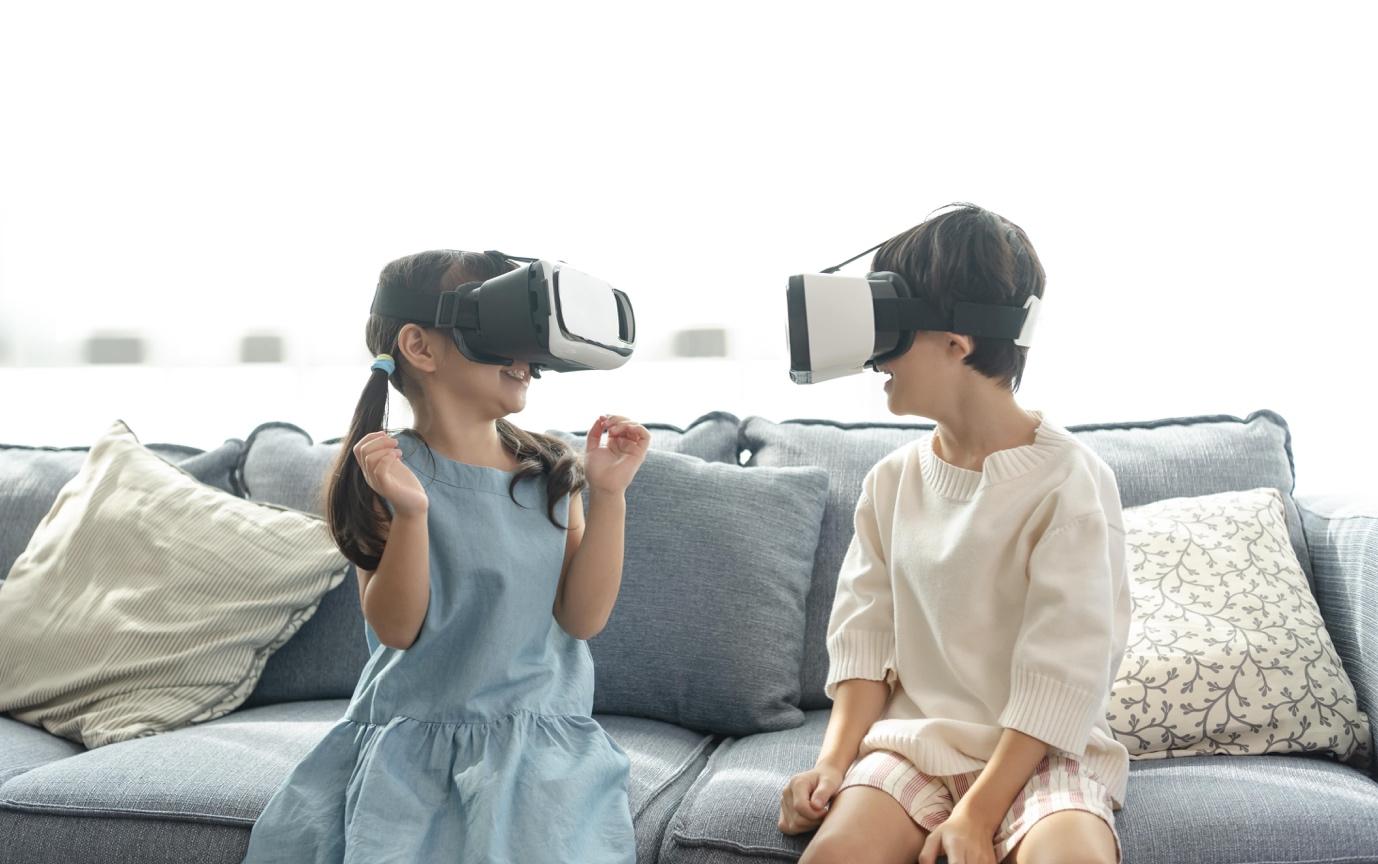
Over the last couple of years, learning at all levels has transitioned from being predominantly a classroom experience to a virtual one. Online learning has become the norm, allowing students to keep up with their studies from home through such hosts as Zoom, Google Hangouts, and Microsoft Teams.
Through this non-traditional mode of learning, both instructors and students have become more comfortable and confident in their use of technology. However, is online learning truly the limit? Or is there a more enriching and engaging way through which education can be provided?
Current trends indicate that virtual reality (VR) could provide a better way for digital teaching to be conveyed and consumed. Let us look at what VR is about and why it is considered a potentially better way to learn.
What is VR?
VR is used to describe the three-dimensional and computer-generated environments in which visitors can explore and interact with others. It offers a highly immersive experience where people can also manipulate objects and influence the outcome of their actions in that environment.
This technology has its roots in the viewing machines of the 1950s and head-mounted 3D displays of the late 1960s. It has since evolved over the years into the more user-friendly and commercial VR simulators that were used for entertainment in the 1990s. Now, VR hardware is sleeker, more powerful, and accessible to the public thanks to new models of headsets that can be affordably bought.
VR has already been in use for many years in a variety of industries for career training, including in the military and scientific fields. This coupled with the development of its technologies, like headsets and AR glasses for the Metaverse, means that the needed devices are now more affordable to the public.
Studies have shown that incorporating VR use in online learning can improve outcomes. Students that have been provided access to these devices for learning were found to score higher in terms of academic achievement, behavioural, emotional, social, and cognitive engagement as compared to students that relied on just traditional 2D videos and textbooks. This has partly been attributed to students being able to experience and engage in activities that would not be possible in real-world situations. Their interest and motivation to learn were also found to be heightened in VR.
How VR boosts online learning
Experiential learning
Experiential learning allows students to learn through first-hand experience. VR provides students with an immersive environment in which they can practically apply the theories, concepts, and problem-solving strategies they have learned. It allows them to gain practical experience that is not possible from just book learning.
This kind of learning has been found to boost retention rates, hasten comprehension, and increase engagement. Students get to experience a more dynamic representation of reality than what they would gain from just studying traditional case studies. Experiential learning also provides a safe learning environment where students do not have to worry that making a mistake may have serious consequences, like if they mix up chemicals in a lab experiment.
Overcoming online learning fatigue
While online learning has proven helpful in allowing learning to go on remotely, many teachers have grown fatigued with having to handle classrooms this way. Having to focus intently on monitoring students’ faces displayed in small boxes on the screen and interact with them via camera and keyboard for hours on end can be rather tedious.
Students have also suffered the ill-effect of isolation which has led to increased levels of stress and anxiety. Outside of an International School environment they also become easily distracted and thus unable to grasp concepts as they would if they were in a classroom. This social isolation can also cause students to suffer setbacks in the development of their communicational skills.
With VR, there is a stronger feeling of presence, interaction, collaboration, and engagement as you can feel like you are all occupying the same space, be it in a virtual classroom, laboratory or even field trip. This provides a much livelier experience for both teachers and students, reducing feelings of boredom and promoting social interactions and team building.
Student attention
The younger generation has grown up heavily immersed in video game playing. They revel in taking on quests, overcoming challenges, and collecting rewards, be it alone or with other players. VR use in online learning provides a somewhat similar experience that can help to attract and retain student attention in the classroom.
One of the biggest challenges of online learning is being able to sustain enthusiasm. Online course providers have found that most students that start out will fail to finish their courses as they lose interest along the way. Gamification provides a better way of motivating and engaging with students, encouraging them to become more active learners.
Practical application
Online learning, especially where students are at the primary and secondary levels, is primarily theoretical. VR provides an opportunity for students to apply the knowledge and skills they have accumulated in the classroom and from textbooks. They can make use of their hands to manipulate objects while communicating with others. They can use tools like microscopes, carry out experiments, and tour remote locations anywhere in the world.
They are not constrained by physical limitations, which makes this mode of learning more exciting and interesting for both teachers and students. It also helps to strengthen their practical understanding of subjects and makes them better prepared to advance to the next academic level.
Immersive learning
VR technology is immersive in the way it takes hold of key senses, particularly sight and sound. This experience is less distracting than when just trying to look at a computer, tablet or phone screen. Students get to step into a virtual 3D world where they can interact and manipulate virtual elements in simulations, ensuring their attention is fully captured and learning potential heightened.
The use of VR in online learning is the new frontier in education. Educational institutions need to take a more proactive approach in incorporating this technology in online learning to ensure their students remain competitive. This will require substantial investment in IT and WIFI infrastructure to ensure sufficient bandwidth to support this technology.
